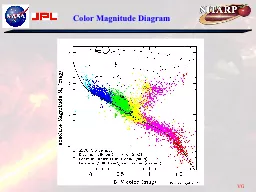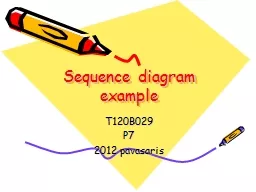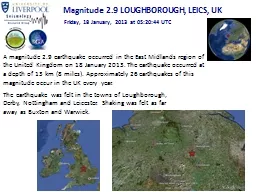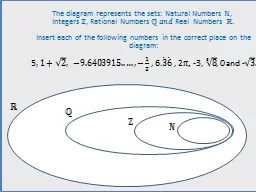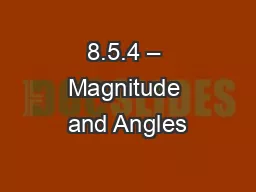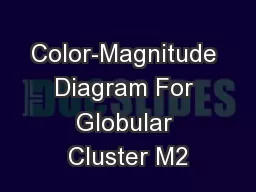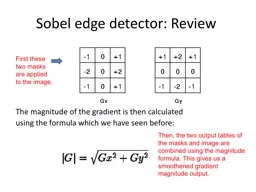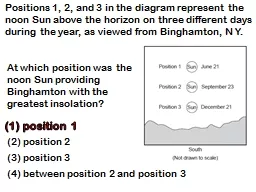PPT-Color Magnitude Diagram
Author : alida-meadow | Published Date : 2017-07-18
VG So we want a color magnitude diagram for AGN so that by looking at the color of an AGN we can get its luminosity But AGN have no fusion why would we expect a
Presentation Embed Code
Download Presentation
Download Presentation The PPT/PDF document "Color Magnitude Diagram" is the property of its rightful owner. Permission is granted to download and print the materials on this website for personal, non-commercial use only, and to display it on your personal computer provided you do not modify the materials and that you retain all copyright notices contained in the materials. By downloading content from our website, you accept the terms of this agreement.
Color Magnitude Diagram: Transcript
Download Rules Of Document
"Color Magnitude Diagram"The content belongs to its owner. You may download and print it for personal use, without modification, and keep all copyright notices. By downloading, you agree to these terms.
Related Documents

